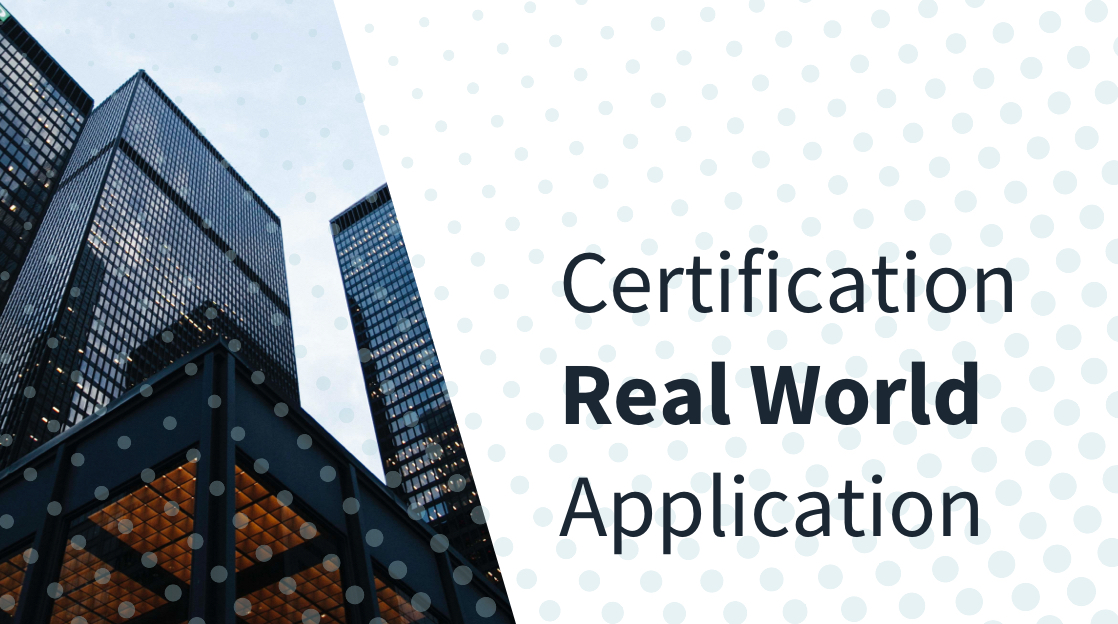3 Real-World Tasks You'll Tackle as a Google Workspace Administrator

If you are planning to take the Professional Google Workspace Administrator exam, keep reading. We’re taking a look at some real-world tasks the certification will prepare you for as a Google Workspace administrator.
Task #1: Ensure Users are Onboarded Smoothly
✓ Create user accounts as people join and leave your organization. Getting new hires access to Google Workspace tools on their first day is ideal. You will need to create their account, help them log in, set up multi-factor authentication (MFA), and provide the training they need to get started. Adding users one at a time is fine if you have just one or two. When you have many new users to add, opt for bulk import instead. Using a template file, you can create several users by filling out the details and uploading the file to Google and save yourself time.
✓ Set user permissions. Users need access to some files, but probably not ALL files. You’ll need to set appropriate permissions and access for users based on their department or role. For example, you might want to block some or all users from using specific Google services they don’t need for their jobs. Or only grant admin permissions to a limited number of people, such as IT staff. You can apply permissions to individual users, groups, or organizational units (OUs), and we recommend the latter two. For example, don’t give individual users access to a folder in Drive if you can help it. Instead, give permissions to a team’s group and make sure new users are added to the group. This is known as role-based access control.
Task #2: Simplify Access with Single Sign-On (SSO)
✓Provide users one-click access to third-party apps and websites. When you use SSO with Google Workspace, you enable users to easily access a variety of apps and websites that use Security Assertion Markup Language (SAML). Users love it because they only need to remember one set of Google credentials to access many tools. Plus, it greatly increases your organization’s security posture because all user apps are behind a single secure login to Google-backed by MFA. Finally, access removal is simplified when someone leaves your organization (disable a user in Google and you disable access to all their SSO apps).
✓Add SSO for apps. SSO for apps can be set up via a built-in catalog of preconfigured apps or by a custom configuration for any app not in the catalog. Custom apps aren’t as difficult to set up as they may sound; search the app’s docs for SSO or SAML and you should find the instructions you need. It’s not uncommon even to find specific instructions for Google Workspace. For an example check out Zoom’s SSO set up doc.
✓Set app permissions. Access to SSO apps is granted via OUs, so again a role-based access control mindset is necessary. For example, if everyone in the company needs access to Zoom, there’s no extra configuration needed once it’s set up because SSO apps are on for everyone by default. However, if only salespeople need Zoom, you would disable access for everyone, but then enable just your sales OU, assuming you have appropriate OUs and users are all where they should be.
Task #3: Harness the Power of Device Management
✓ Support all devices. A powerful yet underused feature of Workspace is device management, where you can enforce policies and data protection on iOS and Android devices, both those owned by your organization and those personally owned by users. Devices are enrolled into your Workspace account and show up in the admin console. The management options you have are not full-blown admin rights or functions like an MDM solution, but rather basic user and data security. For example, you can allow only a managed device to sign in to Google services or install apps like Google Drive for desktops. For personal devices, device management is handy when a person leaves your organization as you can choose to wipe only company data from the device, ensuring they don’t take docs or emails with them. This is also handy for stolen or compromised devices.
✓ Manage Chromebooks. The real power for device management though is for Chromebooks, laptops that come installed with Google’s ChromeOS. They can be more fully managed from Workspace, including whitelisting accessible apps, security settings, and limiting who can log in to the devices. These features are primarily used by schools that want less expensive, lower-power devices that need to be easily managed in bulk. There are just a few important tasks the Google Workspace Administrator Cert will prepare you for. And if you are interested in learning more about being an effective Google Workspace administrator, check out all our training options!
Not a CBT subscriber? Sign up for a one-week no-strings-attached trial to explore all our online Google training.
delivered to your inbox.
By submitting this form you agree to receive marketing emails from CBT Nuggets and that you have read, understood and are able to consent to our privacy policy.